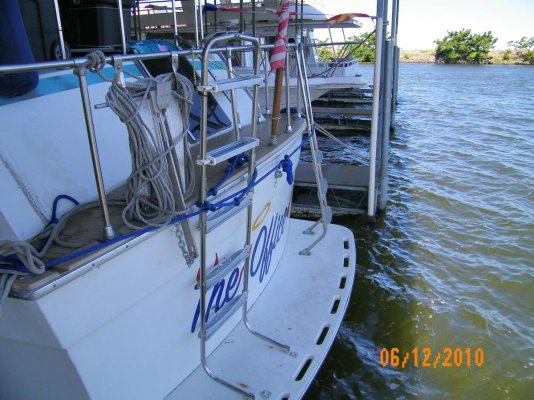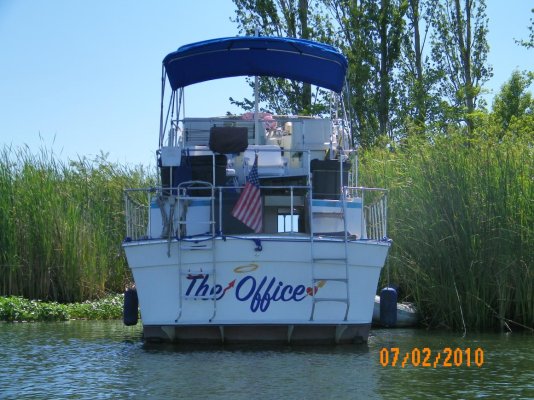We just picked up a used MCH-6 used. Similar to the Bauer Junior, but not as pricey. The MCH-6 we bought will fill one 80 cu ft tank from empty (300 psi) to 3100 in about 22 minutes. Uses a 220v electric motor. Ours has the optional automatic condensate drain system ($440.00), and optional ($175.00) manual set shut off pressure valve, which would have brought the price new up to a little over $3,000.00. We found ours at a pawn shop of all places. Probably used to fill up paint ball cylinders since the scuba yoke was missing. Like new condition, all parts available from
www.nuvair.com, the US distributors. Their tech/parts people were absolutely FANTASTIC! Worked with me before the purchase on what to look for, what to avoid, recommended price to offer, etc. They were asking $2,000.00, I paid $950. Including 1 gallon of compressor oil, spare filters, new yoke, etc, I have about $1,100.00 into it!

Bottom line, for light duty maybe 3 or 4 fills a day, they're several good brands out there. Oil change every year or 50 hours of operation (that's about 136 tank fills) and periodic inlet and oil scavenge filter change, and you're all set! I DID add an hour meter to better keep track of usage for maintenance. . . .
Now just need to get a boat to go with it . . .





